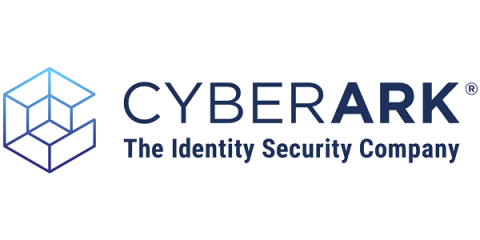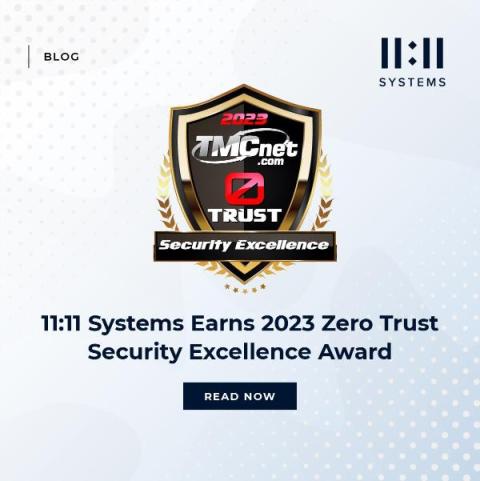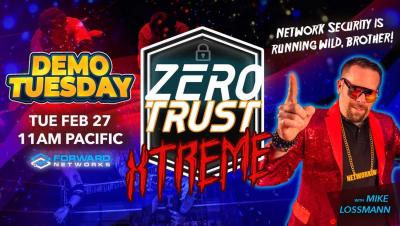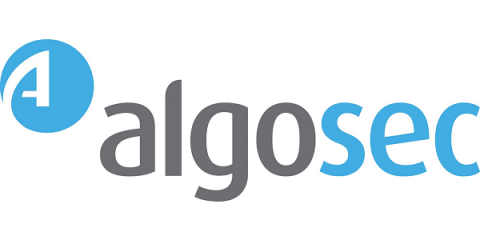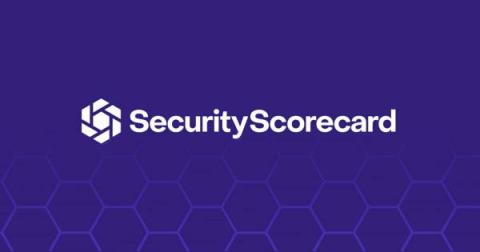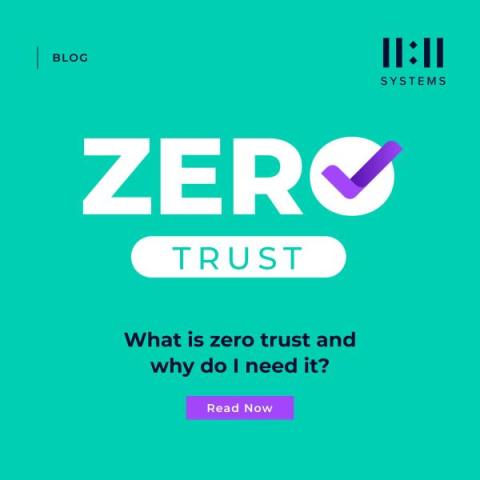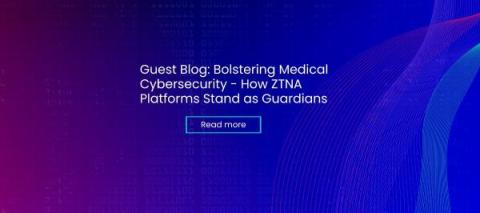Why Machine Identities Are Essential Strands in Your Zero Trust Strategy
Just like a snagged strand can ruin your garment, overlooking the security of machine identities can tear the very fabric of Zero Trust that protects your organization from bad actors. As a quick refresher, Zero Trust operates on the principle that no entity inside or outside the network perimeter is trusted by default. As we usher in an era where the traditional network perimeter has dissolved due to cloud services, remote work and mobile access, the necessity for Zero Trust becomes even more pronounced.


